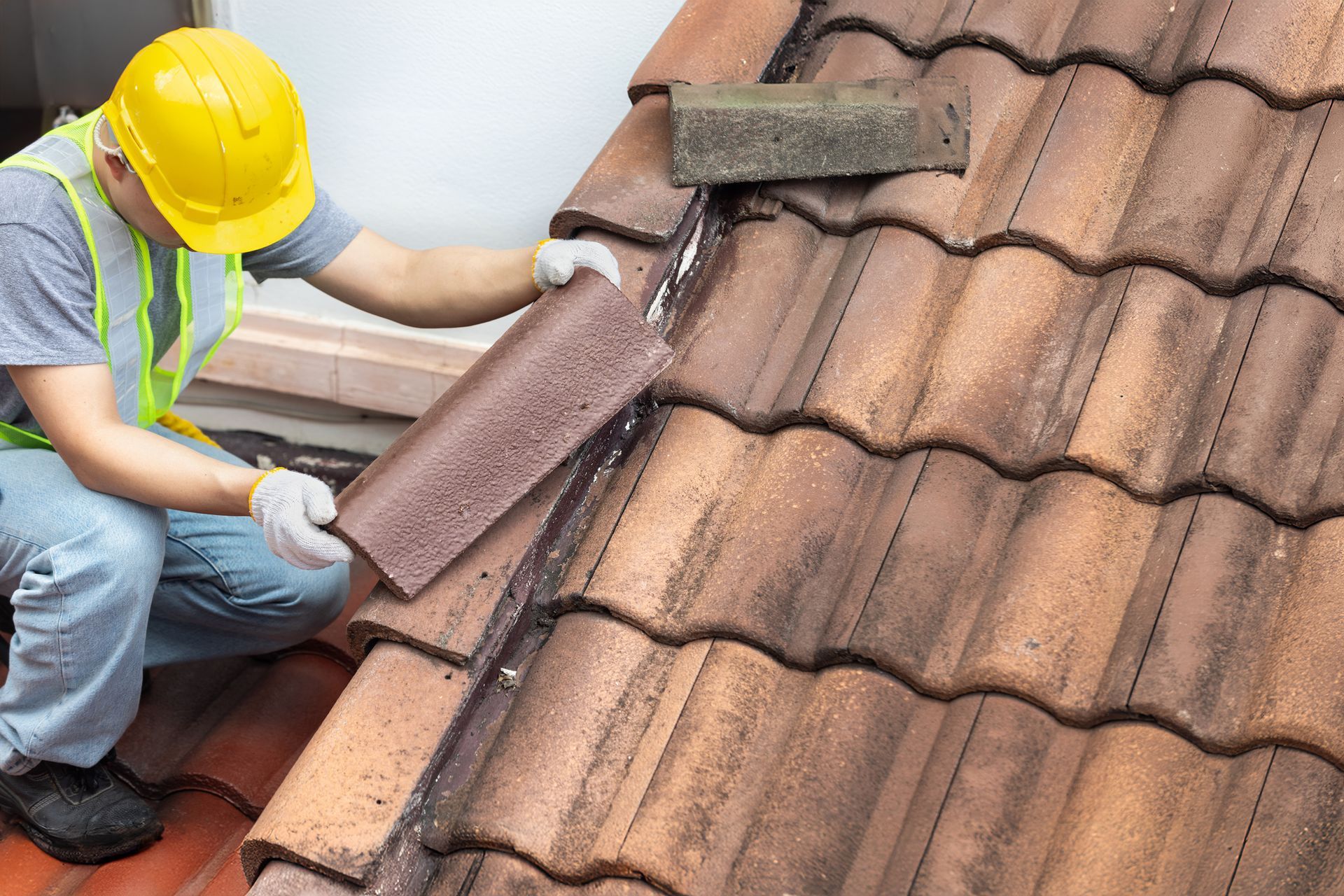What is Included in a Complete Roof Replacement?
Claudia Grajeda • 12 March 2020
If you live in a home for a long time, you must replace the roof, eventually. Even a properly installed, well-maintained roof will provide years of use and protection but will reach the end of the lifespan. If it’s time for a new roof on your home, it’s helpful to know everything a complete roof replacement […]
The post What is Included in a Complete Roof Replacement? appeared first on Joe Ward Enterprises Inc..
The post Labor Day Notice appeared first on Joe Ward Enterprises Inc..
We are looking to add to our Roofing crew! Roof laborers, Roof mechanics, repair assistants, and CDL drivers for our dump trucks We are looking to hire multiple applicants for each position. We hire all year round, we will get you certified with OSHA standards/requirements. We have a set standard that we hold all employee […]
The post Roofers Needed appeared first on Joe Ward Enterprises Inc..
Property Owners FortiFi offers 100%, no-money-down, non-FICO based financing for the property improvement projects on your wish list. FortiFi offers a quick approval process, flexible payment terms, and access to carefully screened contractors who will get the job done right. 1 Term depends on the useful life of the product(s) installed and property location.2 Consult […]
The post New Financing option appeared first on Joe Ward Enterprises Inc..
The post Call the office TODAY! appeared first on Joe Ward Enterprises Inc..
When you need new roof installation in South Florida, you’ve probably noticed that there are a few different materials to choose from. Shingles and Metal are both a great choice, but there are some things to consider when determining which is the best choice for your home. Here’s what you need to know about asphalt and […]
The post Asphalt vs. Metal Roofing: A Comparative Guide appeared first on Joe Ward Enterprises Inc..
Start the new year off right and invest in residential roofing services. Whether you need a roofing repair, an inspection, or even a roof replacement, make 2020 the year that you put more effort into giving your home superior protection. After all, a roof is your home’s first line of defense against the elements. A […]
The post 4 Tips for Choosing the Best Roofing Company appeared first on Joe Ward Enterprises Inc..
The roof over your head is the ultimate protection for you and your family. It shields you from the hot sun and protects you from the rain and snow. Any damage to your roof, no matter how small, can develop into something serious quickly, costing you time and money. Unfortunately, roof issues often go undetected […]
The post The Checklist for a Healthy Roof appeared first on Joe Ward Enterprises Inc..
If you want to get into the holiday spirit by decorating your home, one of the most common places to decorate is the roof. While those lights and decorations may look great and win you the neighborhood decorating contest, you do not want to damage your roof in the process. Here at Joe Ward Enterprises inc., […]
The post Christmas Decorating Without Damaging Your Roof appeared first on Joe Ward Enterprises Inc..
Your roof is critical in protecting your home from the elements. That’s why it’s so important that it remains in pristine condition. Failures can lead to leakage that will not only damage your personal possessions but also the structure of your house. Poor ventilation can cause major damage to your roof and attic. Many roofing […]
The post Warning Signs of a Poorly Ventilated Roof appeared first on Joe Ward Enterprises Inc..




